In a live broadcast of the Zvezda TV Channel was revealed a model of modern Russian-made hypersonic 6th-generation fighter jet that is likely in unmanned version.
Russian sixth generation combat aircraft will be hypersonic, first flight is scheduled until 2025. This was reported on 09 June 2016 by TASS, citing the head of the directorate of military aircraft programs, the United Aircraft Corporation (UAC) Vladimir Mikhailov. “He [prototype] rise into the air, as we plan, no later than two or three years after 2020”, said Mikhailov. United Aircraft Corporation (UAC) expected to fly a hypersonic “sixth-generation” fighter before 2025. Mikhailov stated it was currently under research and development, including engineering design.
Certain military experts point out that the project of a new hypersonic fighter jet is called the Pigeon, because of the similarity of the tail assembly.
Russia’s unnamed Pigeon hypersonic 6th-generation fighter jet would smash records and travel at five times greater than the speed of sound, over Mach 5-6. Quite possibly, the cruising speed of the future fighter aircraft will be identical today afterburning speed – Mach 1.5-2.
The type of engine is not reported. Maximum speed is not specified also as a range. Officials declined to comment on the image of the new aircraft model.
But some source reported that this only photo consists of Russian disinformation campaign or a joke of Russian military sector because the model in the photo “accidentally” released is a 1/72 Italeri Mig-37 “Ferret” or a 1/48 Testors Mig-37 plastic model.
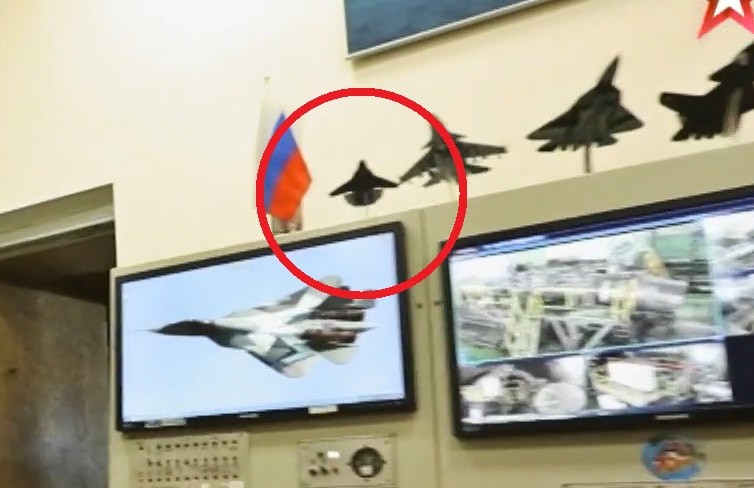
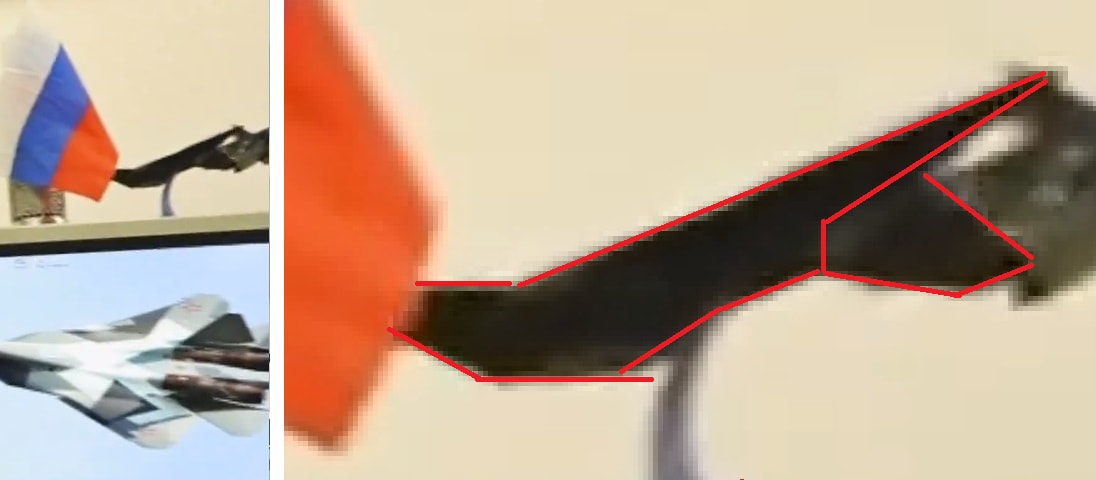
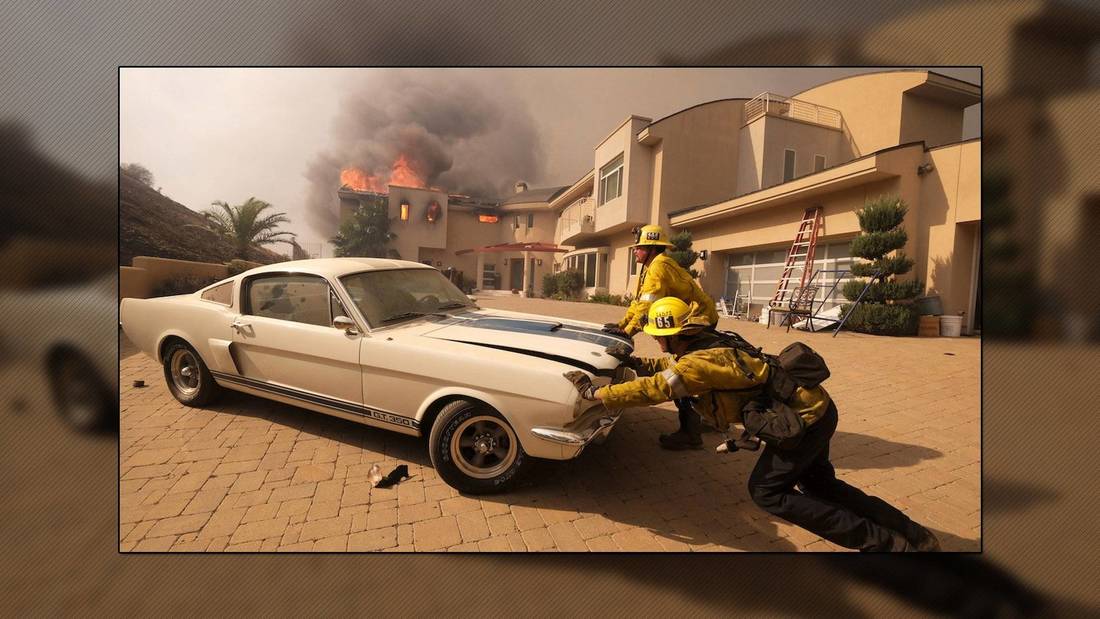
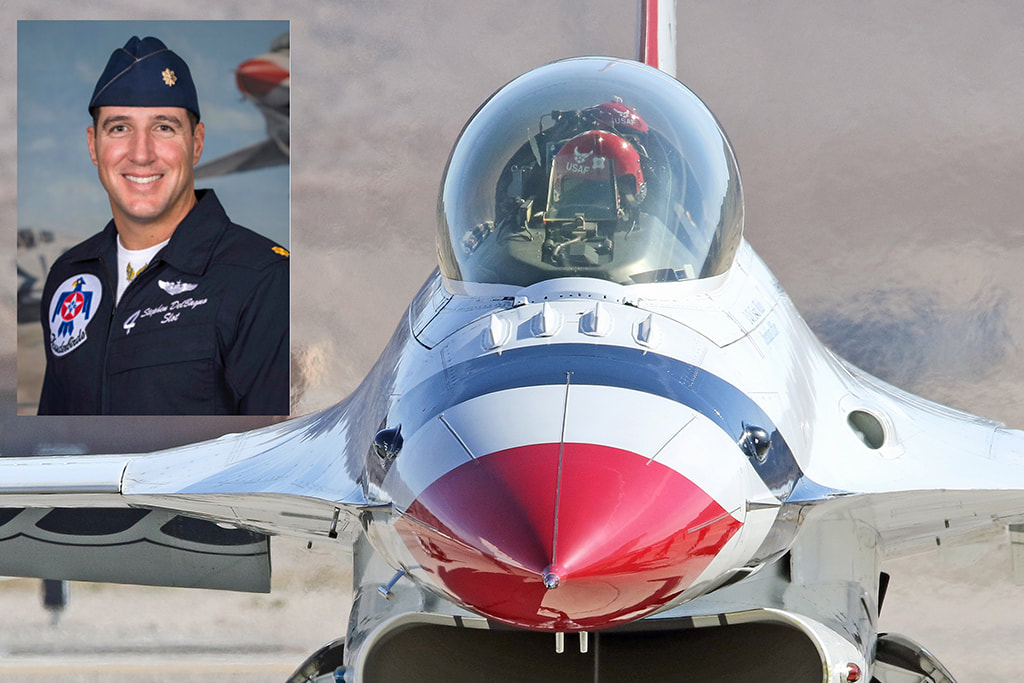

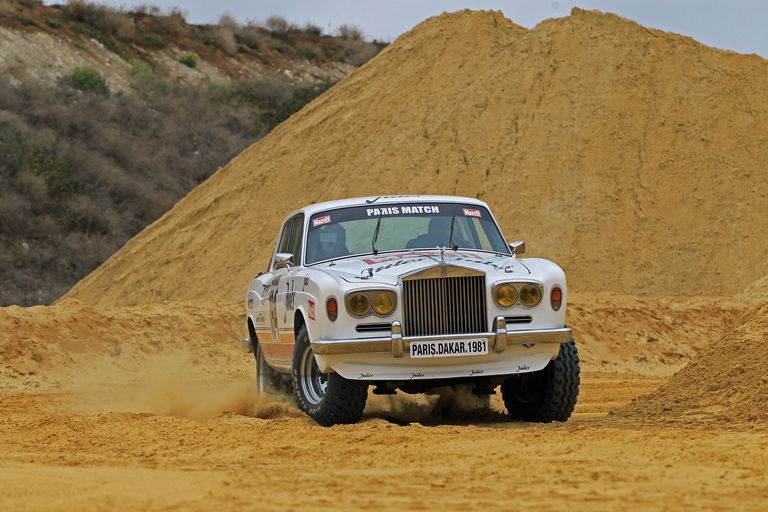
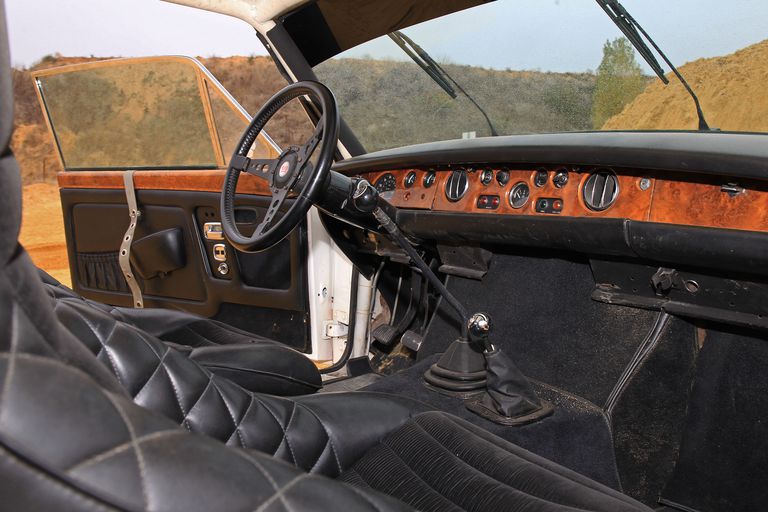
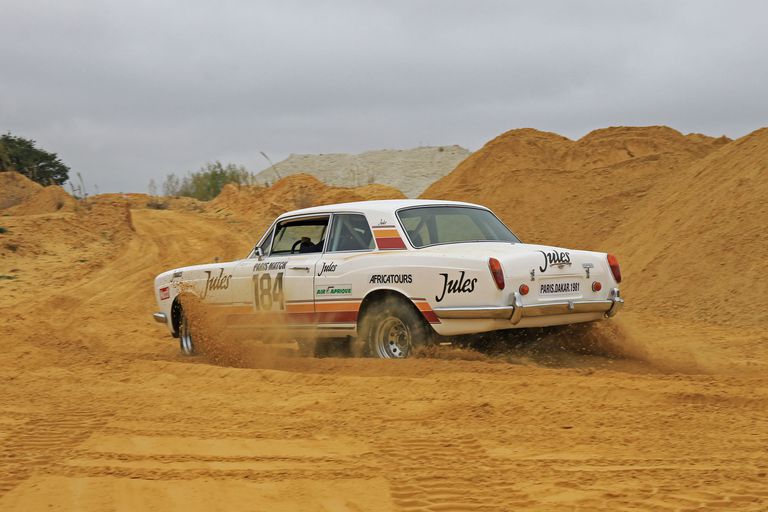
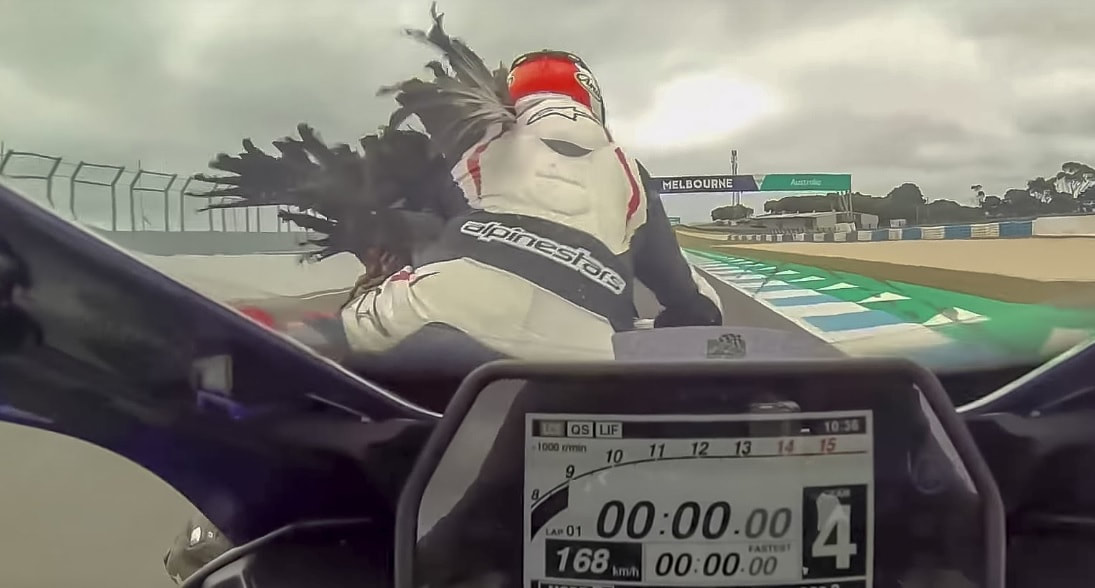
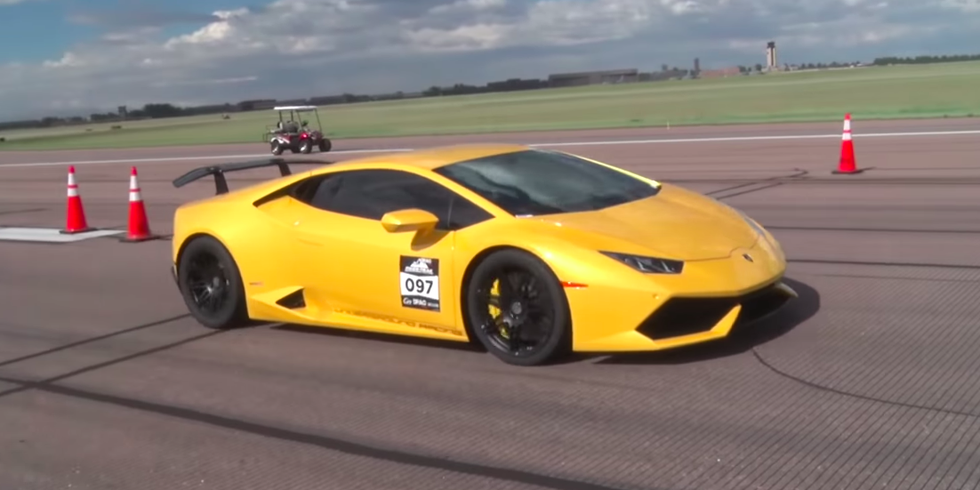

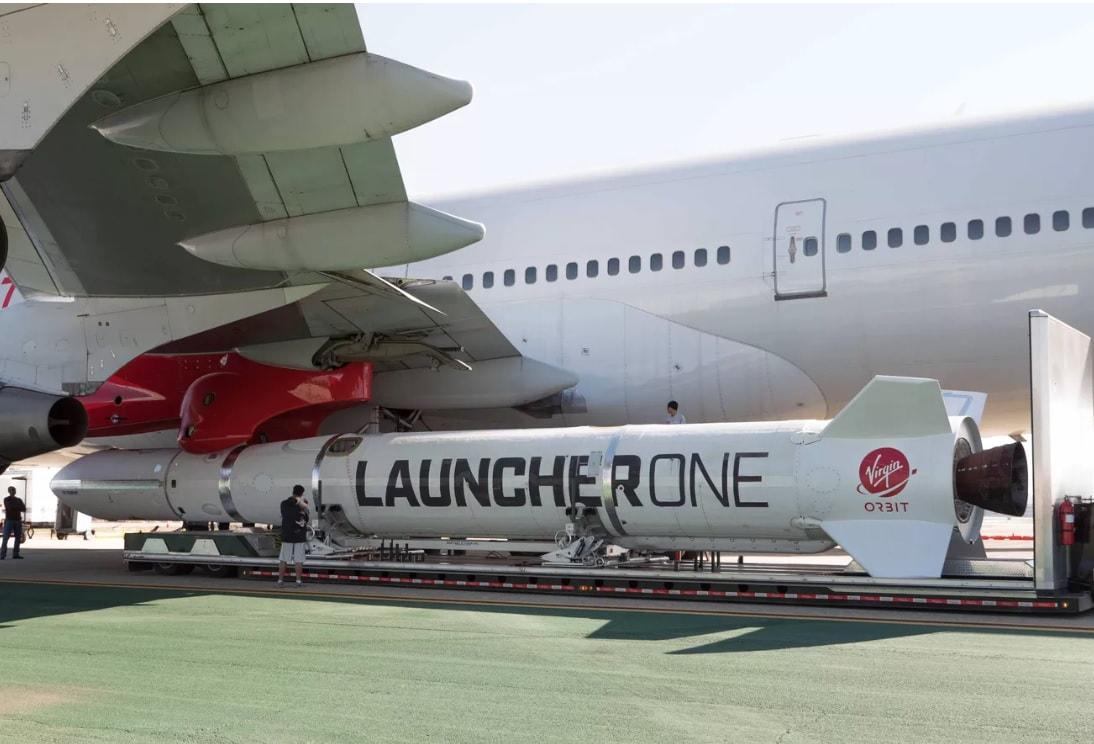
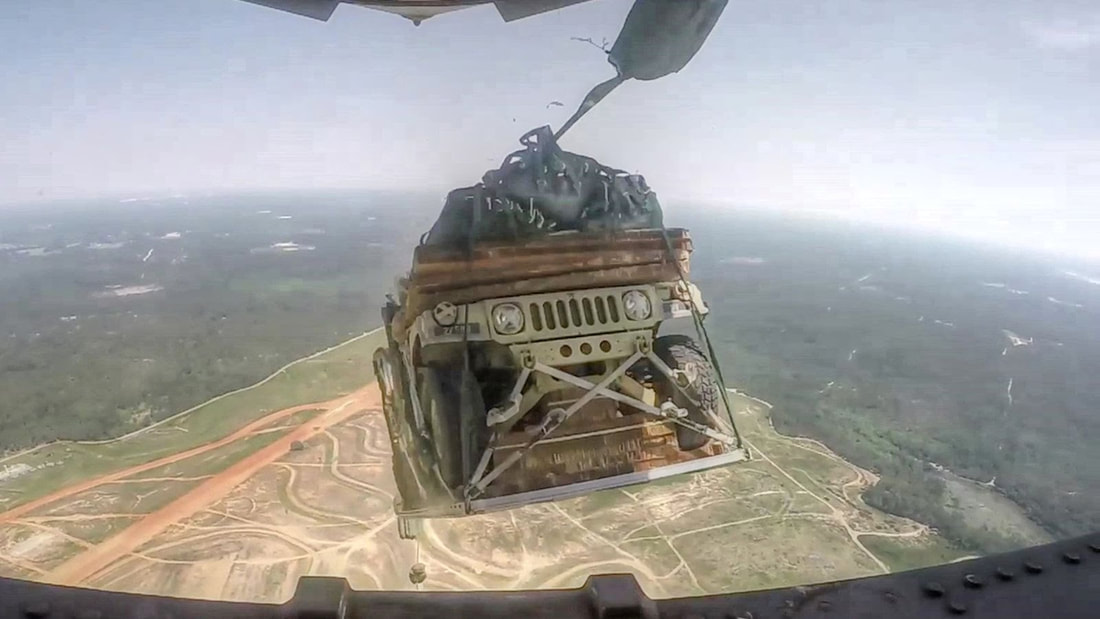
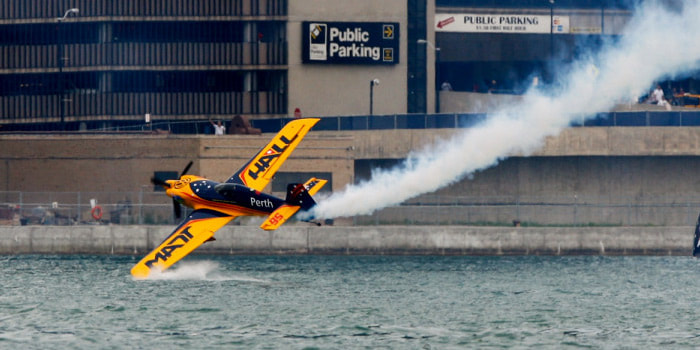

 RSS Feed
RSS Feed